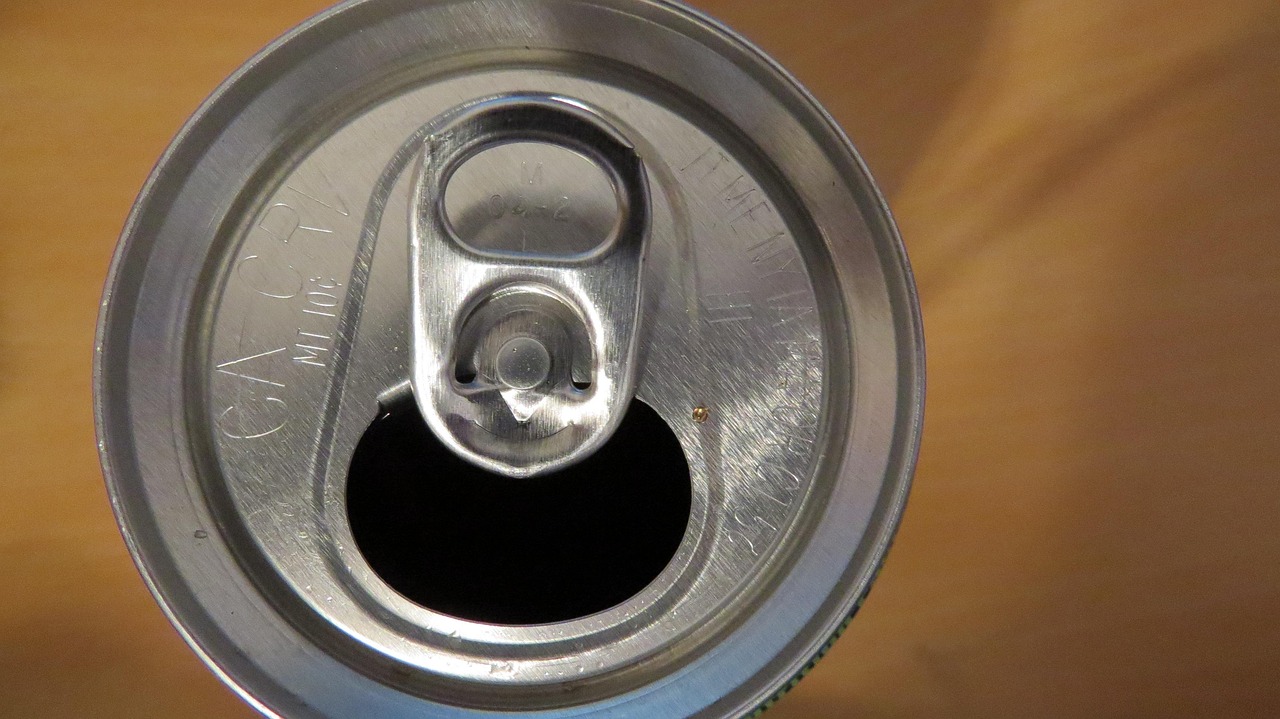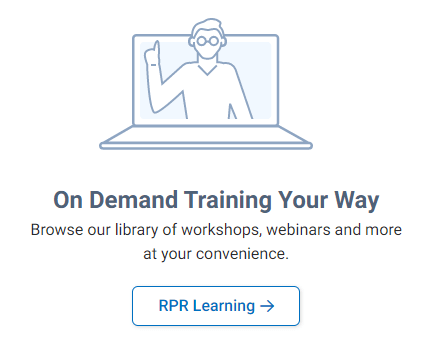RPR in Real Estate: What It Is, How It Works, and How to Use It for Leads and Listings
Overview: What RPR Means in Real Estate
In real estate, RPR commonly refers to two different, legitimate concepts: (1) REALTORS Property Resource, a nationwide data and analytics platform for REALTORS, included with National Association of REALTORS membership; and (2) Real Property Report, a land survey drawing used in certain Canadian markets (notably Alberta) to confirm boundaries and improvements. Understanding both helps agents, brokers, and clients avoid confusion and use the right tool at the right time. [1] [2] [3]
RPR (REALTORS Property Resource): What It Is and Why It Matters
REALTORS Property Resource (RPR) is a comprehensive real estate data platform for residential and commercial practitioners. It aggregates MLS feeds (via partnerships), public records, tax and mortgage data, sales transactions, neighborhood trends, commercial listings, and more, providing analytics and branded reports that support prospecting, pricing, marketing, and client presentations. Access is limited to REALTORS and included in NAR dues at no additional cost. [1] [2]
Key capabilities typically include property facts, owner info, maps (including plat maps), estimated values, market trends, tools for labeling/mailing, and report generation for both residential and commercial. These outputs can help agents substantiate pricing strategies, identify farm areas, and deliver professional-grade market insights to clients and referral partners. [1] [2]
How to Access and Get Started
- Create your account: As a REALTOR, you can set up an account directly on the official site. From there, you may also download the mobile app for on-the-go prospecting and client meetings. [1]
- Import your markets: Search your target neighborhoods, preview available MLS and public record data, and save custom areas for recurring updates and reports. [1]
- Build your first reports: Generate seller’s reports, market activity reports, and neighborhood insights. Brand the outputs to your brokerage standards for listing presentations. [2]
- Set a weekly cadence: Schedule report refreshes for active listings, watch lists, and prospecting routes so you can respond quickly to pricing shifts and new comparables. [1]
Lead Generation and Sales Use Cases
Prospecting: Use owner records and market trend overlays to identify turnover-prone streets and send branded market updates. Follow up with a quick CMA conversation backed by data visualizations to secure appointments. [1] [2]
Listing Conversion: Build a listing presentation with pricing tools, comps, and neighborhood trend charts. Show absorption rates and days-on-market history to justify list price and timing, then leave a concise, branded report as a takeaway. [2]
Buyer Confidence: Provide buyers with property reports and local stats-tax histories, prior sale activity, and school or community context-so they can compare neighborhoods and make more informed offers. [1]
Commercial Outreach: Tap RPR’s commercial data partners to find properties and produce market summaries for investors, highlighting vacancy trends and rent comps where available. [1]
Practical Tips and Potential Challenges
Data alignment: MLS partnerships determine data breadth. Where feeds are limited, supplement with brokerage resources and confirm details with listing agents. Use qualifying language when sharing estimates to set expectations. Cross-check key facts (beds, baths, square footage) before publishing reports. [2] [1]
Client communication: Explain what automated valuations are-and what they are not. Present ranges and comps contextually, and emphasize that final pricing reflects condition, competition, and timing factors.
RPR as Real Property Report: What It Is and When You Need It
In many Canadian transactions-especially in Alberta-RPR also stands for Real Property Report, a legal survey drawing prepared by a licensed land surveyor. The report depicts the parcel’s exact boundaries and the precise location of all visible improvements: the home, garage, decks, fences, retaining walls, patios, pools, steps, and other structures, along with key measurements. Municipal review may also indicate compliance issues relative to setbacks or encroachments. The RPR helps buyers and lenders understand what is built and where, relative to property lines. [3] [4] [5]
These reports are created by certified surveyors who follow professional standards. They often become essential during sale transactions because lawyers and municipalities may require an up-to-date depiction to verify compliance or identify any encroachments that could delay closing. In practice, many sellers in Alberta are expected to provide a current RPR, sometimes with a municipal compliance stamp. [5] [3]

Source: perryrealestatecollege.com
Current vs. Existing RPRs (Canada)
A single RPR format exists, but its status matters: an RPR is considered current if the property and all improvements match the drawing as it exists today; if changes have occurred (e.g., new deck, fence, garage), the RPR on file would be existing and may need updating to reflect reality. Ensuring a current RPR early in the listing process can reduce legal and timing risk at closing. [3]
Step-by-Step: How to Obtain or Update a Real Property Report
- Locate the latest RPR: Ask the seller, prior owners, or their lawyer for the most recent document. Review it against the current property condition to check if it is still current. [3] [5]
- Engage a licensed surveyor: If updates are needed, contact the original surveyor when possible to reduce cost and turnaround, or hire another certified firm. Many practitioners note that original firms can efficiently update their own files. [5]
- Schedule the site visit: The surveyor will measure the parcel and all visible improvements, confirm boundaries using established survey markers, and prepare the updated drawing. [3] [4]
- Seek municipal compliance (where applicable): In municipalities such as Calgary, sellers often obtain a compliance review or stamp to confirm adherence to bylaws and setbacks before closing. [5]
- Share with the legal team and buyer: Provide the final, current RPR to the seller’s lawyer and to the buyer side as part of condition removal and closing prep. [5]
Common Issues and How to Solve Them
Encroachments: Fences or structures crossing a boundary can trigger delays. Work with the municipality and adjacent owners on encroachment agreements or minor variances; build time into your closing schedule for review. [5]

Source: perryrealestatecollege.com
Outdated improvements: If a deck or shed was added without updating the RPR, order an update early. Where timing is tight, communicate with the buyer about expected delivery and any interim assurances from the surveyor.
Missing compliance: If municipal compliance is customary in your area, submit promptly after the surveyor finalizes the drawing. Counsel clients that processing times can vary.
Which RPR Do You Need? Decision Guide for Agents and Clients
For market data, pricing, and client-facing analytics in the United States, you are likely referring to REALTORS Property Resource. It supports lead generation, listing conversion, and buyer education via branded reports and up-to-date data, and it is available only to REALTORS as part of NAR membership. [2] [1]
For boundary verification and improvements mapping-especially in Canadian jurisdictions such as Alberta-you are likely referring to a Real Property Report. This survey-based drawing is typically commissioned from a licensed land surveyor and may require municipal compliance for closing. [3] [5]
Action Plan: Put RPR to Work
For REALTORS in the U.S. (Data Platform)
- Account setup: Create your RPR account and install the mobile app so you can run property and market reports in listing appointments and showings. [1]
- Build your farm: Identify a 500-1,000-home area with healthy turnover. Use public record owner data and market trend tools to segment and prioritize outreach. Generate branded market updates monthly. [1]
- Listing presentations: Prepare property and neighborhood reports, highlight comps and trends, and present pricing scenarios with ranges and absorption rates. Leave behind a concise branded report. [2]
- Follow-up cadence: Schedule quarterly check-ins with homeowners using updated RPR data to nurture listings before they hit the market. [1]
For Sellers and Buyers in Canada (Survey Report)
- Verify what your contract requires: In many Alberta transactions, sellers are expected to provide a current RPR, often with municipal compliance. Confirm this early with your real estate professional and your lawyer. [5] [3]
- Check if your RPR is current: Walk the property and compare every visible improvement to the drawing-decks, fences, sheds, AC units, retaining walls. If anything differs, order an update immediately. [5]
- Line up compliance: Where local practice expects it, submit the RPR for municipal compliance as soon as it is updated to avoid closing delays. [5]
Key Takeaways
- RPR can mean two distinct things: a REALTOR-only U.S. property data platform, and a Canadian survey document called a Real Property Report.
- Use the U.S. data platform to generate leads, win listings, and advise clients with branded, analytics-driven reports.
- Use the Canadian Real Property Report to verify boundaries, locate improvements, and document municipal compliance for smooth closings.
References
[1] RPR (2024). What is RPR? Overview of REALTORS Property Resource features and access.
[2] National Association of REALTORS (2025). What Is the Realtors Property Resource (RPR)?
[3] Alberta Real Estate Association (2025). What to consider about Real Property Reports?
[4] Gimme-Shelter (2025). What is a Real Property Report (RPR)?
[5] Find Calgary Home (2019). What is an RPR or Real Property Report?
MORE FROM resultsfordeals.com












